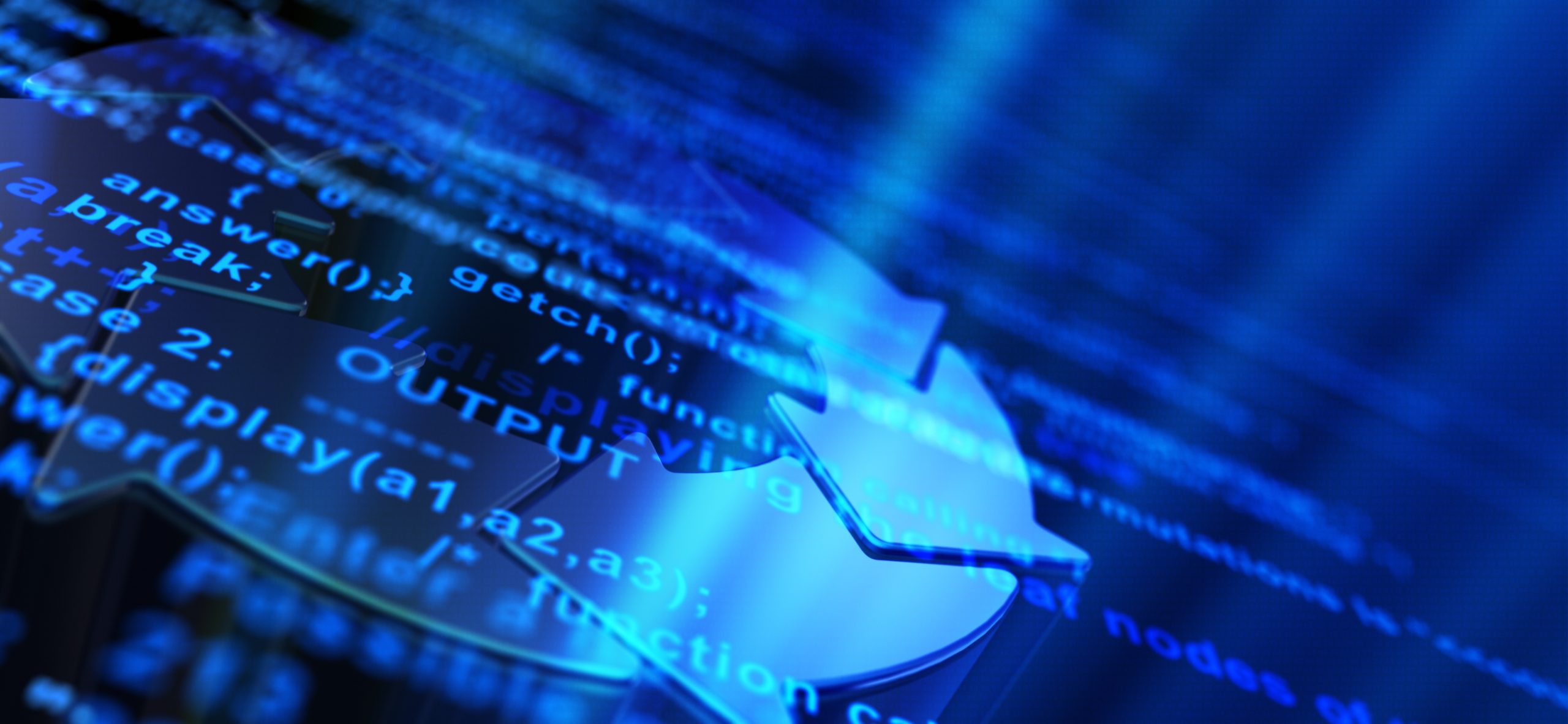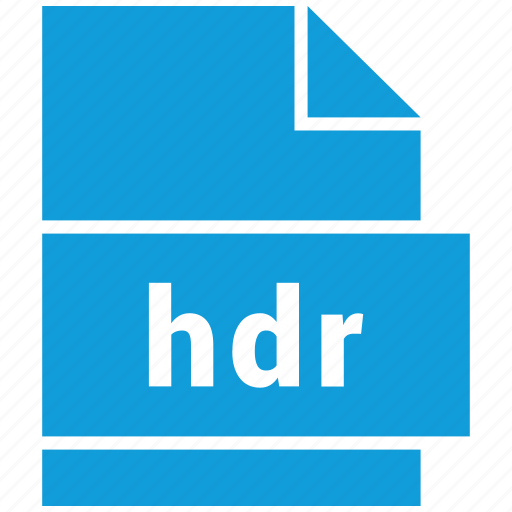
Software
In computing, software is a set of machine-readable instruction sequences and a set of data necessary for these operations. The software therefore determines the tasks that can be performed by the machine, orders its operation and thus provides it with its functional utility. The sequences of instructions called programs as well as the software data are usually structured in files. The implementation of software instructions is called execution and the machine in charge of this implementation is called computer or calculator.
Software can be classified as system, application, off-the-shelf, custom, or free, depending on how it interacts with hardware, business strategy, and program source code rights. The term proprietary software is also used.
Software is created and delivered at the request of a customer or on the initiative of the producer, and put on the market, sometimes free of charge. In 1980, 60% of the production and 52% of the worldwide consumption of software was in the United States. Software is also distributed illegally and the market value of the products thus distributed is sometimes higher than the turnover of the producers. Free software is created and distributed as commodities produced by cooperation between users and authors.
Creating software is intellectual work that takes time. The creation of software is often the work of a team, which follows a logical and planned approach in order to obtain a good quality product as soon as possible. The source code and the object code of the software are protected by the Berne convention concerning literary works.
A computer is made up of hardware and software. The hardware is the musicians and the instruments, while the software is the score. Without software the computer does nothing because it has not received instructions telling it what to do. Software is made up of computer programs, which tell the computer how to perform tasks. Software determines the tasks that a computing device can perform.
While when selling a computer device, the focus is often on the hardware, it is above all the software that gives the computer its added value. The English word software (in French: software) was originally used to designate everything that is immaterial in a computer: programs, data, documents, photos…
Software is not synonymous with computer program. Software is a set typically made up of several programs, as well as everything necessary to make them operational: configuration files, bitmap images, automatic procedures. The programs are in binary code form as well as sometimes in source code form.
The two main categories of software are application software and system software. The application software is intended to help users perform a certain task, and the system software is intended to perform operations related to the computing device.
The most important piece of software is the operating system. It is used to manipulate computer hardware, run software, organize files, and interface with the user. Commercially available software is always intended for use with one or more given operating systems.
Typology
Software is commonly classified according to:
- the way they interact with hardware, directly for system software, or indirectly for application software and middleware;
- the target use: businesses or individuals;
- their level of standardization. The two extremes being the standard software and the specific software.
The two main categories of software are application software and system software:
- the application software is intended to help users perform a certain task,
- the system software is intended to perform operations related to the computing device.
Other types of software are applications, utilities, programs and drivers:
- Applications are used to perform a task.
- Utilities are used to manipulate the computer or for diagnostic purposes.
- A driver is software that allows the use of computer hardware.
There is no clear distinction between standard software and specific software, and there is a continuum between these two extremes.




